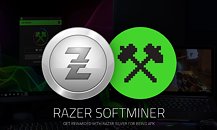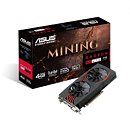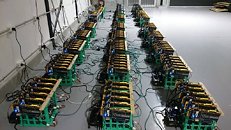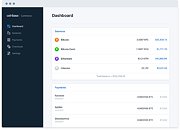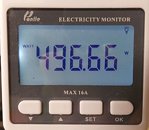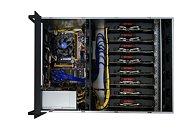10 Years Jail for Buying, Selling, Mining Crypto-currency in India: New Bill
The Banning of Cryptocurrency and Regulation of Official Digital Currency Bill 2019, on its way to the Indian Parliament for debate and possible legislation, seeks to impose a stunning 10-year imprisonment as penalty for any person or business found buying, selling, holding, or mining crypto-currency in India. It has wording to tell wilful mining apart from "crypto-jacking" (malware that mines crypto on a computer or portable computing device without its user's knowledge). Violations of this Act will also be treated as "cognizable" and "non-bailable," meaning that the accused cannot seek bail, anticipatory or in custody, while their case is being taken up by India's criminal-justice system.
A Cognizable Offense under Indian law, is comparable to a Felony under U.S. law, and some of the most heinous crimes, such as homicide and rape, are classified as these. The Indian Government has reportedly taken this step to clamp down on rampant tax-evasion, "hawala" money transfers (illegal money transfers disconnected from the banking system), and financing of terrorism, drug-trade, and social unrest by foreign NGOs and eco-terrorists. The Bill is expected to have smooth sailing through Parliament as the incumbent political administration enjoys a simple majority in the Lok Sabha (essentially House of Commons); and has a good sway over the Rajya Sabha (Council of States, but essentially House of Lords).
A Cognizable Offense under Indian law, is comparable to a Felony under U.S. law, and some of the most heinous crimes, such as homicide and rape, are classified as these. The Indian Government has reportedly taken this step to clamp down on rampant tax-evasion, "hawala" money transfers (illegal money transfers disconnected from the banking system), and financing of terrorism, drug-trade, and social unrest by foreign NGOs and eco-terrorists. The Bill is expected to have smooth sailing through Parliament as the incumbent political administration enjoys a simple majority in the Lok Sabha (essentially House of Commons); and has a good sway over the Rajya Sabha (Council of States, but essentially House of Lords).





